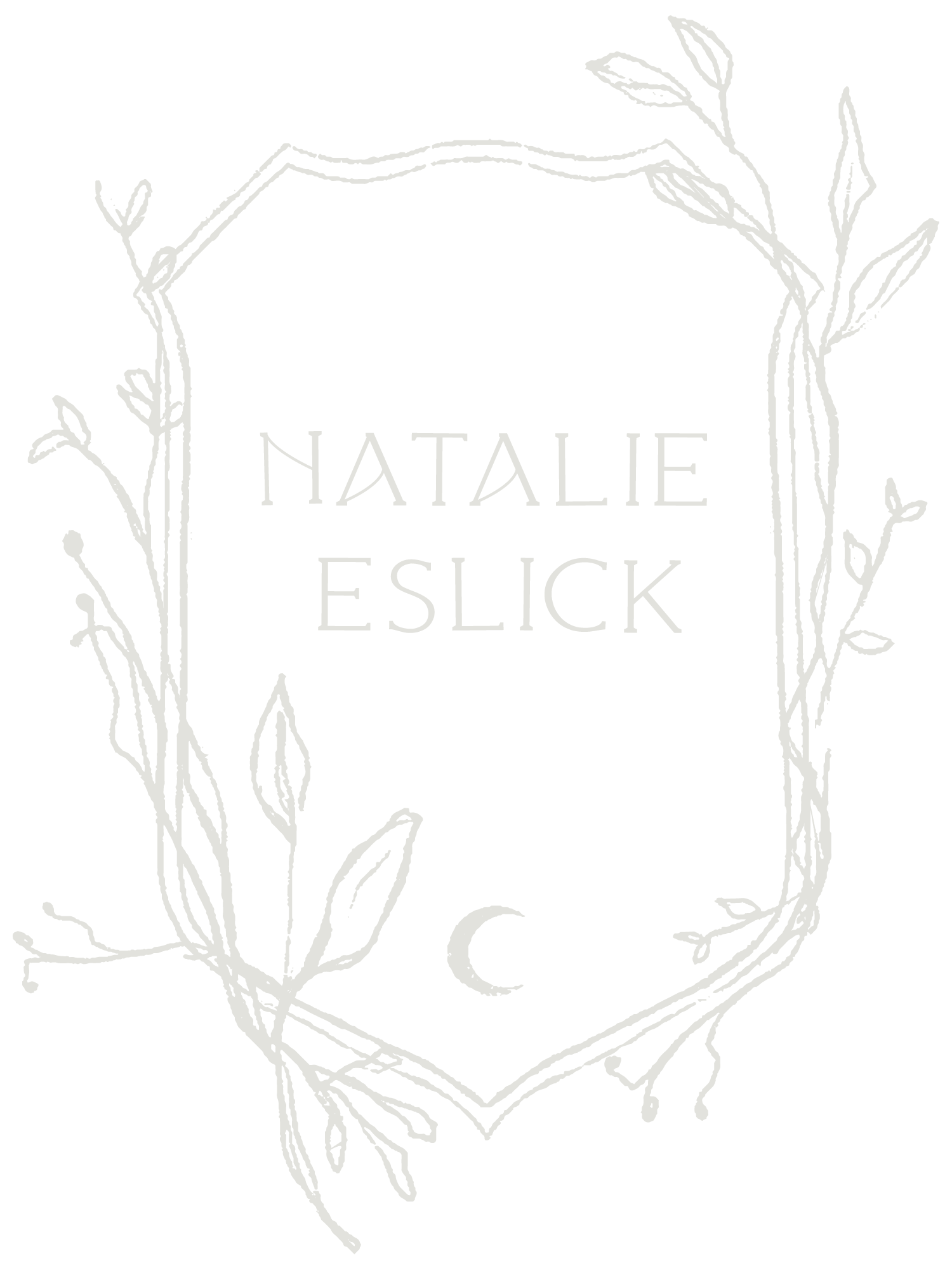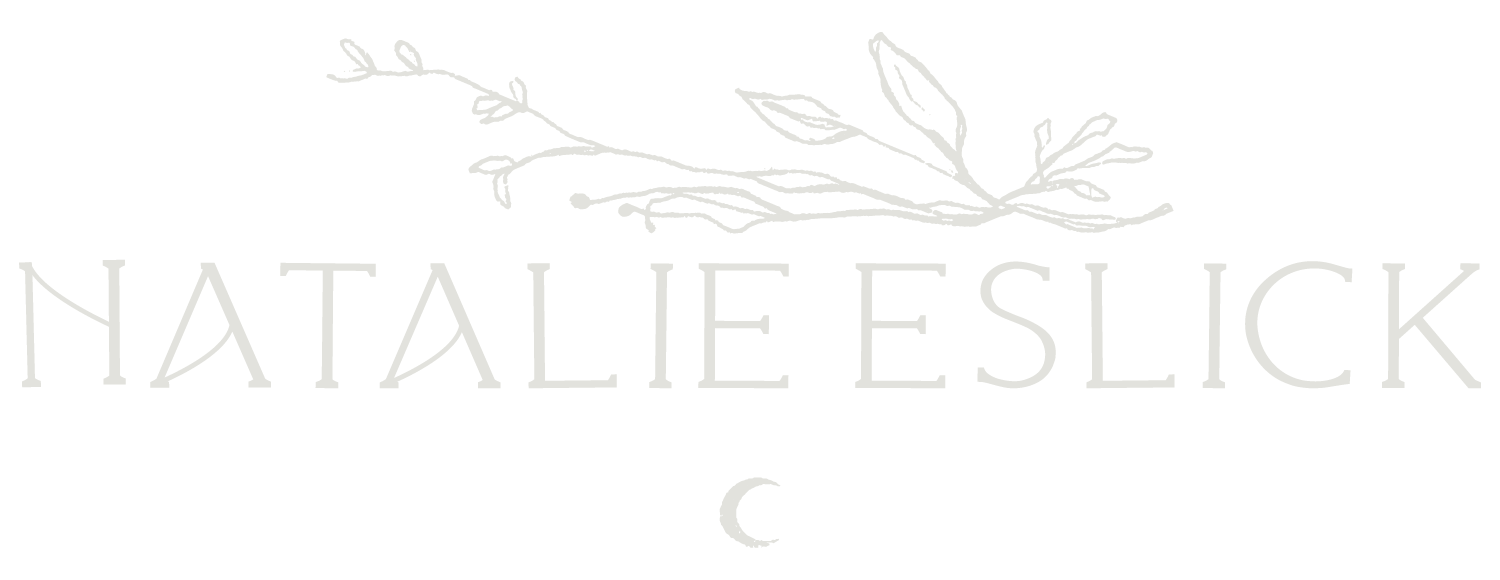The Connection and Magic found in Drawing Wild Eyes
I have always been fascinated by eyes. Human, mammal, bird, reptile - all the eyes. As a human being, inherently social, eyes teach us about safety and fear. They teach us about connection. They teach us about ourselves when we stare into a mirror. They’re just amazing, so utterly taken for granted, and so spectacularly magical.
The structure of eyes is fascinating. I did a course on Iridology in my 20’s because I was so taken aback by all that we can see and see in an eye. And portraying the eyes of wildlife in my art is one of the main focuses of my work - my hope is for the viewer to connect to this wild kin as much as I do!
It is not a stretch to believe the saying that they eyes are the window to the soul. There is so much we can learn from eye to eye contact.
Have you ever found yourself lost in the eyes of a wild being? That moment when you realise you're not just looking at an eye, but into a window of understanding, of recognition? There's something profound that happens when we take time to really study the eyes of our wild kin - we realise we are not all that different. We are of course, made of the same star-dust, yes, but there is more to it than that. We see their personhood, and perhaps we recognise our own, too. It is particularly expansive when we have the opportunity to lock eyes with beings we don’t normally see around us, or even on the continent we stand. For example, I am thinking of when I visited the African Savanna area of Western Plains Dubbo, and locked eyes with lots of wild beings I had not seen in person before. Beings as remarkable as zebras, with their uniquely adapted vision that helps them survive in vast African landscapes.
In the video below we will use just three coloured pencils to create a realistic Zebra eye, in honour of International Zebra Day on 31st January!
The Gift of Deep Seeing
Before we talk about technique or supplies (though we'll get there, I promise!), I want to share something amazing about zebras' eyes. They are uniquely adapted to help them see danger coming from almost any direction. Their rectangular pupils - so different from our round ones - give them advantages in spotting predators across wide open spaces. And their markings help them look to be a part of the land, part of an indistinguishable mass. Isn't that just incredible? That evolution has crafted such specific solutions for survival? We have so much to learn and be amazed by when we follow our curiosity and wonder.
When we take time to really study these remarkable eyes, we begin to see so much more than just an organ for vision. We see millions of years of adaptation. We see intelligence, awareness, family connection (zebras live in close family groups), and a way of being in the world that is both completely different from and intimately connected to our own.
Understanding Eye Structure Through Connection
Try this before you pick up your pencil: Close your eyes, and place your hand or fingers gently over your own eye Feel its roundness, how it sits in its socket. Now imagine a zebra's eye - larger, set more to the side of their head, with that fascinating rectangular pupil. Move your hand to where their eye would sit on your own head. Imagine being able to see like they do - a panoramic view. This embodied understanding will transform how you approach drawing their eyes.
Eyes are not just windows to the soul, they're also windows to understanding. When we really take time to study the structure of a wild being's eye, we learn so much about how they experience the world:
The shape tells us about what they need to see
The placement shows us how they move through their world
The size hints at whether they're prey or predator
The details reveal their evolutionary story
The Science of Zebra Sight
Let's get a bit nerdy for a moment (because understanding helps us see more deeply!). Zebras, like other grazing animals, have some fascinating adaptations:
Their eyes are positioned to give nearly 360-degree vision
Those rectangular pupils help them see clearly across vast distances
They have excellent night vision (though not quite as good as lions!)
Their visual processing is specially tuned to detect movement
Understanding these adaptations doesn't just help us draw more accurately - it helps us appreciate the incredible diversity of ways to experience the world.
Finding Form Through Feeling
When we approach drawing an eye - especially one as complex as a zebra's - it's easy to get lost in the details straight away. But just as a zebra's vision starts with the big picture (is that movement a hunting lion?), we need to start with the larger forms:
Begin with the basic eye shape
Feel how it sits in the head
Notice how the lids wrap around
Look for the main light and shadow areas
Only then start to add those beautiful details
Patience with Detail
Here's something I've learned through years of drawing wild eyes: the magic isn't in perfectly rendered eyelashes or precisely captured reflections (though those are lovely). The magic is in the feeling of aliveness that comes through patient observation and careful building of layers:
Start with the lightest touches
Build form gradually
Let some areas stay soft
Make others crisp and clear
Always keep that feeling of life
The Meditation of Careful Observation
Drawing an eye is really an exercise in presence. Each tiny detail asks us to slow down, to really see, to connect. It's like having a silent conversation with our subject:
How does the light catch their eyelashes?
What stories do the tiny creases tell?
Where does their gaze seem to lead?
What wisdom do they carry?
What can you see reflected in their eye, the moment that photo was taken? Think about how that connects you to them intimately, in a very specific moment.
Use your tools slowly, with intention, and a sense of apprenticeship to the wild. Don’t rush through and let your brain take over. Be present. Keep curious. Keep breathing. Make your marks with intention.
A Practice of Connection
When we take time to really study and draw a wild being's eye, we're doing more than creating art. We're participating in an ancient practice of deep seeing, of recognition across species, of honouring the incredible diversity of ways to be alive on this Earth.
So next time you sit down to draw an eye - whether it's a zebra's, a bird's, or any other wild being - take a moment first. Breathe deeply. Remember that you're not just making marks on paper; you're building a bridge of understanding between your world and theirs.
Because in the end, isn't that what art is really about? Creating connections that help us see more deeply, feel more fully, and remember our place in this wild and wonderful world?








